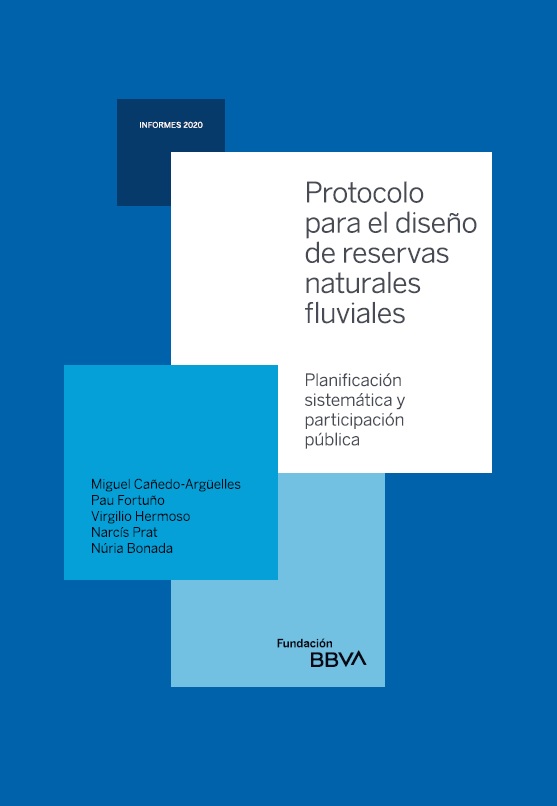
PublicationReports
Protocolo para el diseño de reservas naturales fluviales
Planificación sistemática y participación pública
In spite of the great value that rivers and streams have for human well-being, they are severely degraded and poorly protected. Freshwater Protected Areas (FEPAs) represent a great opportunity to reverse this situation in Spain. However, it is not clear what the objective of the FEPAs is or what specific criteria have been used in their design (for example, there is a clear overrepresentation of mountain areas).
The main objective of this protocol is to establish methodological guidelines to help the administrations of the different river basins in expanding and completing their network of FEPAs, optimizing resources and mobilizing greater consensus and social support. Firstly, the conservation objectives to be met by FEPAs were established in accordance with a process of public participation and scientific-technical criteria. Subsequently, systematic conservation planning tools were applied to find solutions to achieve conservation objectives at the lowest possible cost. The participation of different actors led to the conclusion that FEPAs should serve to protect biodiversity and habitat diversity, as well as to protect pristine stretches and favor ecological connectivity.
According to the results of this study, the current network of FEPAs is not sufficient to meet these objectives. In this respect, the application of this protocol should be very useful to propose priority areas for conservation that could be incorporated in future into the FEPAs network.
